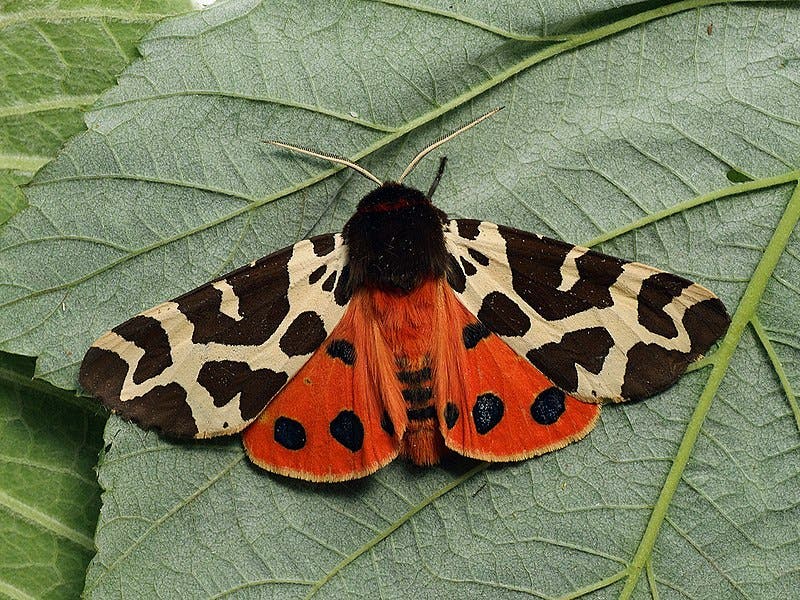A new study suggests that plump, palatable moths will employ evasive maneuvers when under attack by a predator — but the less appealing ones won’t.

While running away from predators might seem — quite literally, sometimes — a knee-jerk reaction, not all animals behave this way. Further muddying the waters, not all species, even if closely related, behave the same way. So, why is that?
A new study looking into the predator-prey relationship between bats and moths suggests that less appetizing moths are more nonchalant when attacked by bats, whereas more palatable moths tend to employ evasive maneuvers. The work sheds light on the intricacies and complexities of anti-predator strategies in the wild, as well as their associated risks and rewards.
I’m a treat
Moths employ several layers of defense against potential predators. The most straightforward one is simply don’t be seen (by using camouflage) and don’t get caught (performing swoops and dives during a chase). They also employ chemical compounds that make them less appealing to predators and ultrasonic hearing (so they can hear bats on the prowl).
However, we know precious little about how these factors intertwine, and how they vary between different species of moths. A new paper led by Dr. Nicolas Dowdy of the Milwaukee Public Museum and Wake Forest University notest that certain species of tiger moths behave very strangely when attacked by predatory bats — they’re almost entirely unfazed.
In order to understand why, Dowdy and his team collected specimens from five different tiger moth species and released them in an outdoor “flight arena” at night, where wild bats would frequently swoop in to feed. The interactions were recorded using infrared cameras so that the team could track the behavior of each species during a bat attack. In order to quantify how appealing individual moths were, they tracked whether the bats ate them or spat them out.
The team’s hypothesis was that more carefree moths had chemical defenses in place to make them less ‘tasty’ for predators. Because of this, they would have less incentive to engage in evasive behavior when around bats, as their main defense relied on those chemical compounds. On the other hand, moths that lack these chemical armor — making them more ‘delicious’ — need to rely solely on the efficiency of their evasive maneuvers.
The team explains that there is a cost to engaging in anti-predatory behavior, such as evasive flying. A panicked moth might swerve at the last minute and avoid a bat, but that same risky maneuver costs energy, and may even land it in a spider web, or simply takes it away from food or a mate. Moths that do employ chemical defenses, the team believed, take the approach of not dodging bats because, in effect, it’s safer and ‘cheaper’ (energetically-speaking) than trying to fly out of the way.
“Strikingly, we observed that moths with weak or no chemical defenses often dive away to escape bat attacks,” explained Dowdy. “However, moths with more potent chemical defenses are more ‘nonchalant’, performing evasive maneuvers less often.”
By the end of the experiment, the team could reliably predict whether a particular moth would engage in evasive or nonchalant behavior in the arena based on their palatability. They say this mechanism likely functions in other species as well. Another exciting possibility is that the study can be used to reconstruct the behaviors or rare or even extinct species, the team explains.
By measuring levels of chemical defenses in a preserved specimen (i.e. compounds that made it un-tasty), they can reconstruct a species’ palatability. And, based on that, the team can estimate whether the species was active or lazier in its effort to evade predators.
So if you ever find yourself in the savannah staring down a lion, try your best to look deeply unsatisfying. And definitely don’t sprinkle catnip all over you.
The paper “Nonchalant Flight in Tiger Moths (Erebidae: Arctiinae) Is Correlated With Unpalatability” has been published in the journal Frontiers in Ecology and Evolution.






